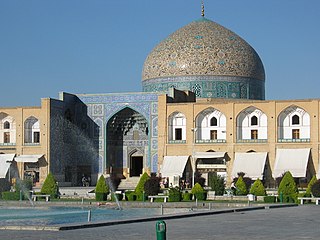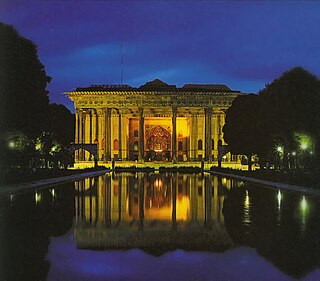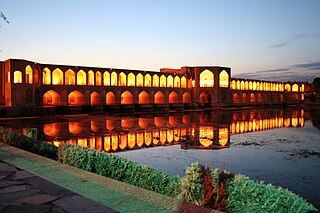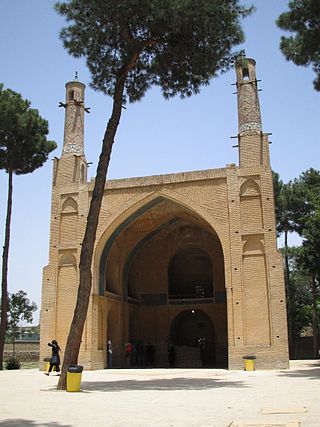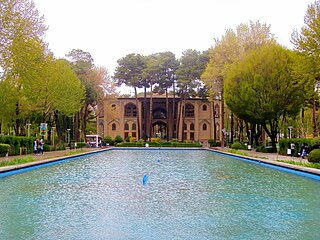6 Sights in Isfahan, Iran (with Map and Images)
Legend
Premium Sights
Book tickets, guided tours and activities in Isfahan.
Guided Free Walking Tours
Book free guided walking tours in Isfahan.
Welcome to your journey through the most beautiful sights in Isfahan, Iran! Whether you want to discover the city's historical treasures or experience its modern highlights, you'll find everything your heart desires here. Be inspired by our selection and plan your unforgettable adventure in Isfahan. Dive into the diversity of this fascinating city and discover everything it has to offer.
1. Sheikh Lotfollah Mosque
Sheikh Lotfollah Mosque is one of the masterpieces of Iranian architecture that was built during the Safavid Empire, standing on the eastern side of Naqsh-i Jahan Square, Esfahan, Iran. Construction of the mosque started in 1603 and was finished in 1619. It was built by the chief architect Mohammadreza Isfahani, during the reign of Shah Abbas I of Persia. On the advice of Arthur Upham Pope, Reza Shah Pahlavi had the mosque rebuilt and repaired in the 1920s.
2. Ali Qapu Palace
Ali Qapu is an imperial palace in Isfahan, Iran. It is located on the western side of the Naqsh-e Jahan Square, opposite to the Sheikh Lotfollah Mosque, and had been originally designed as a vast portal entrance to the grand palace which stretched from the Naqsh-e Jahan Square to the Chahar Baq Boulevard. UNESCO inscribed the Palace and the Square as a World Heritage Site due to its cultural and historical importance. The palace is forty-eight meters high and there are six floors, each accessible by a difficult spiral staircase. In the sixth floor, Music Hall, deep circular niches are found in the walls, having not only aesthetic value, but also acoustic. Ali Qapu is regarded as the best example of Safavid architecture and a symbol of Iran's Islamic heritage.
3. Chehel Sotoun Palace
Chehel Sotoun is a Persian pavilion in the middle of a park at the far end of a long pool, in Isfahan, Iran, built by Shah Abbas II to be used for his entertainment and receptions. In this palace, Shah Abbas II and his successors would receive dignitaries and ambassadors, either on the terrace or in one of the stately reception halls.
4. Khaju Bridge
The Khaju Bridge is one of the historical bridges on the Zayanderud, the largest river of the Iranian Plateau, in Isfahan, Iran. Serving as both a bridge and a weir, it links the Khaju quarter on the north bank with the Zoroastrian quarter across the Zayanderud. It is located at the end of Kamal Ismail Street in Isfahan.
5. Menar Jonban
The Monar Jonban, is a monument located in Isfahan, Iran. It was intended as a shrine, built over the grave of the Sufi ascetic Amu Abdullah Suqla. Construction on the building started in the era of the Ilkhanate, but it was finished during the Safavid Empire. The most notable feature of the building are the minarets, which both shake and sway when one of them is shook.
6. Hasht Behesht Palace
The Eight Paradise Palace is a historic palace in the city of Isfahan built in the Safavid era in the 5th year. The building of the palace is built on two floors in the middle of a large garden. The architectural style of this building is Isfahan.
Share
How likely are you to recommend us?
Disclaimer Please be aware of your surroundings and do not enter private property. We are not liable for any damages that occur during the tours.
